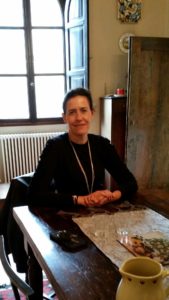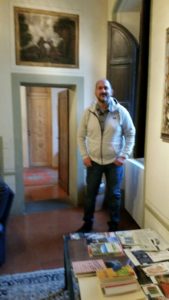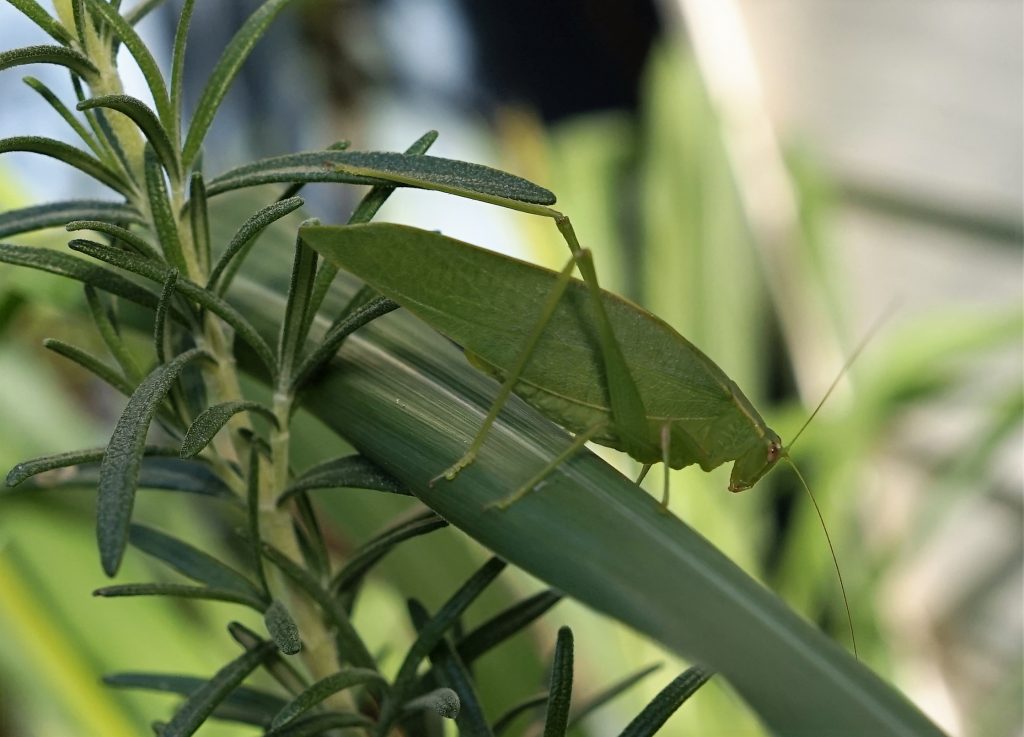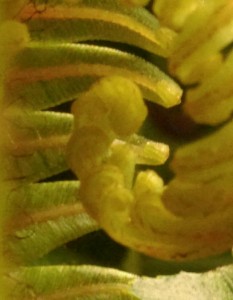Here is the last interview for this year.
Ecco l’ultima intervista per quest’ anno.
Appartenenza ad Anghiari – Elisa
Elisa è cresciuta a Firenze, la città natale della mamma, ma ha sempre mantenuto un forte legame con Anghiari, dove vive la famiglia del babbo, una famiglia molto numerosa. Adesso Daniele ed Elisa abitano con i genitori di lei nella loro casa in campagna, fuori Anghiari. Elisa è un’agronoma tropicalista e lavora in un’azienda del posto che produce macchine per l’agricoltura, il che comporta frequenti viaggi in Africa. Questa intervista si è svolta in italiano ed è stata poi trascritta e tradotta in inglese da Mirella Alessio. Questa ne è una versione editata.
 Sono nata a Firenze il 17 ottobre 1969, lì ho fatto tutte le scuole e l’università. Anghiari è sempre stata l’altra metà della mia vita perché la mamma è di Firenze, babbo di Anghiari. Loro si sono conosciuti a Firenze, si sono sposati e hanno abitato sempre lì, però per il forte legame che il babbo aveva con Anghiari, noi siamo sempre venuti qua. Da principio andavamo a dormire dalla nonna e poi il babbo ha comprato una casa, nel 1973, io avevo quattro anni, è la stessa casa dove abitiamo adesso, l’unica casa che io ho sempre visto perché invece a Firenze abbiamo cambiato diverse case e diversi rioni.
Sono nata a Firenze il 17 ottobre 1969, lì ho fatto tutte le scuole e l’università. Anghiari è sempre stata l’altra metà della mia vita perché la mamma è di Firenze, babbo di Anghiari. Loro si sono conosciuti a Firenze, si sono sposati e hanno abitato sempre lì, però per il forte legame che il babbo aveva con Anghiari, noi siamo sempre venuti qua. Da principio andavamo a dormire dalla nonna e poi il babbo ha comprato una casa, nel 1973, io avevo quattro anni, è la stessa casa dove abitiamo adesso, l’unica casa che io ho sempre visto perché invece a Firenze abbiamo cambiato diverse case e diversi rioni.


